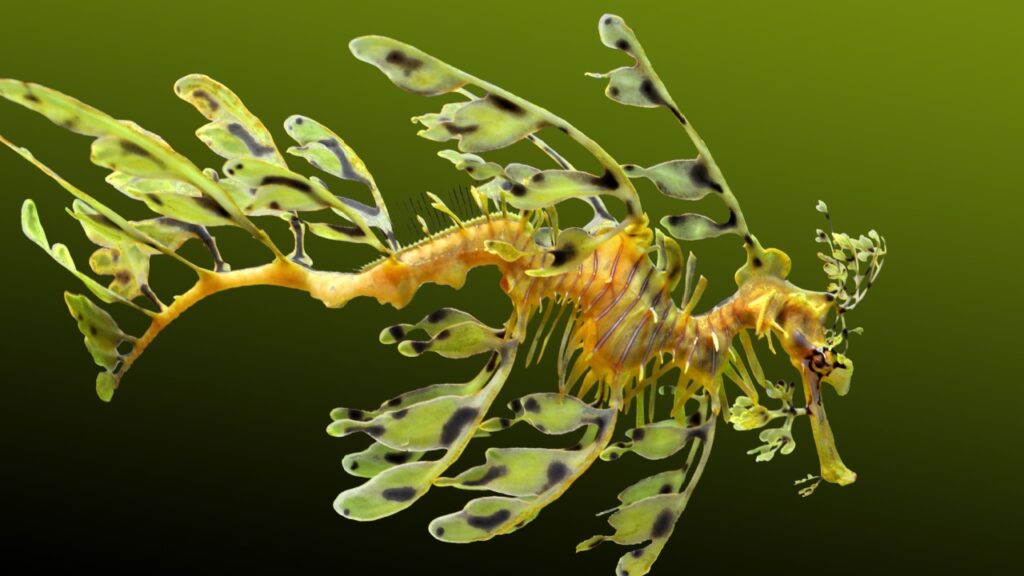Nature often surpasses our wildest imaginations, creating creatures that seem too bizarre to be real. From deep-sea dwellers to peculiar land animals, our planet is home to some truly otherworldly beings. These animals are just a handful of the creatures on our wondrous planet that look like they’ve stepped right out of a science fiction film.
Tardigrade (Water Bear)
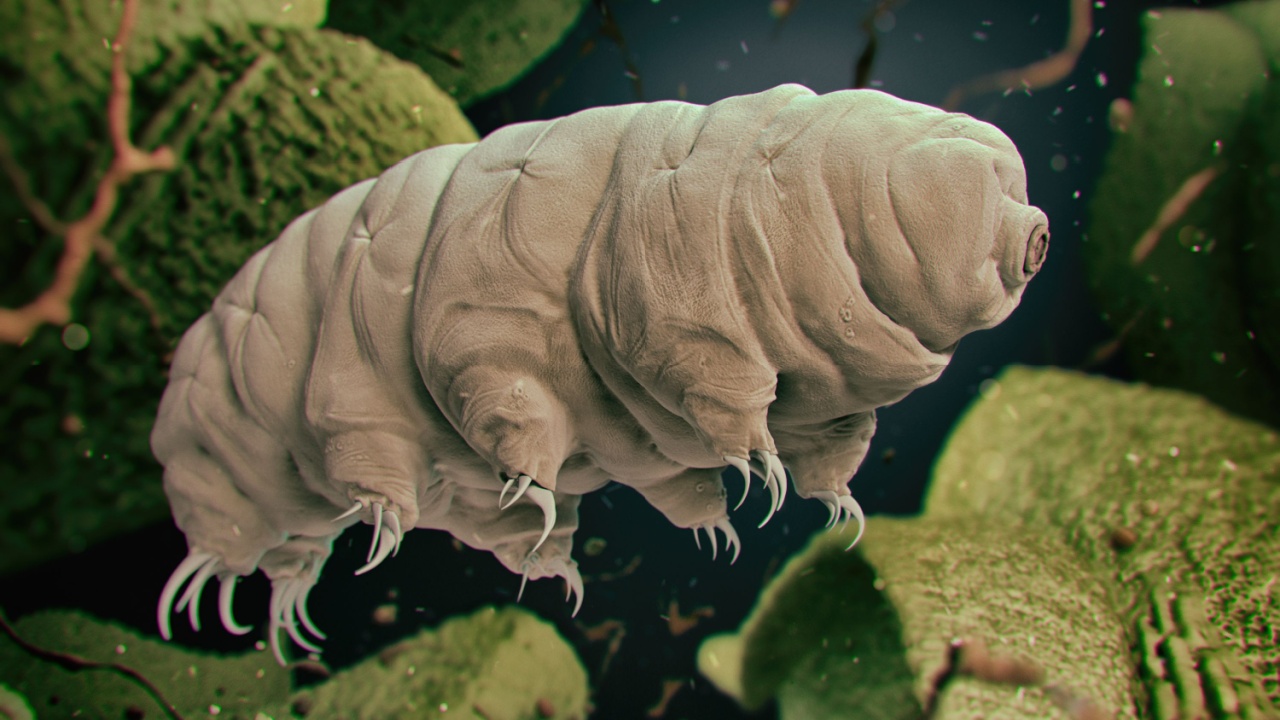
Tardigrades, also known as water bears, are microscopic creatures that look like eight-legged bears with alien-like faces. These tiny animals are nearly indestructible, capable of surviving extreme temperatures, radiation, and even the vacuum of space. They can enter a state of cryptobiosis, essentially shutting down their metabolism to survive harsh conditions for years. With their sci-fi survival skills, tardigrades could easily be the stars of their own space opera.
Goblin Shark
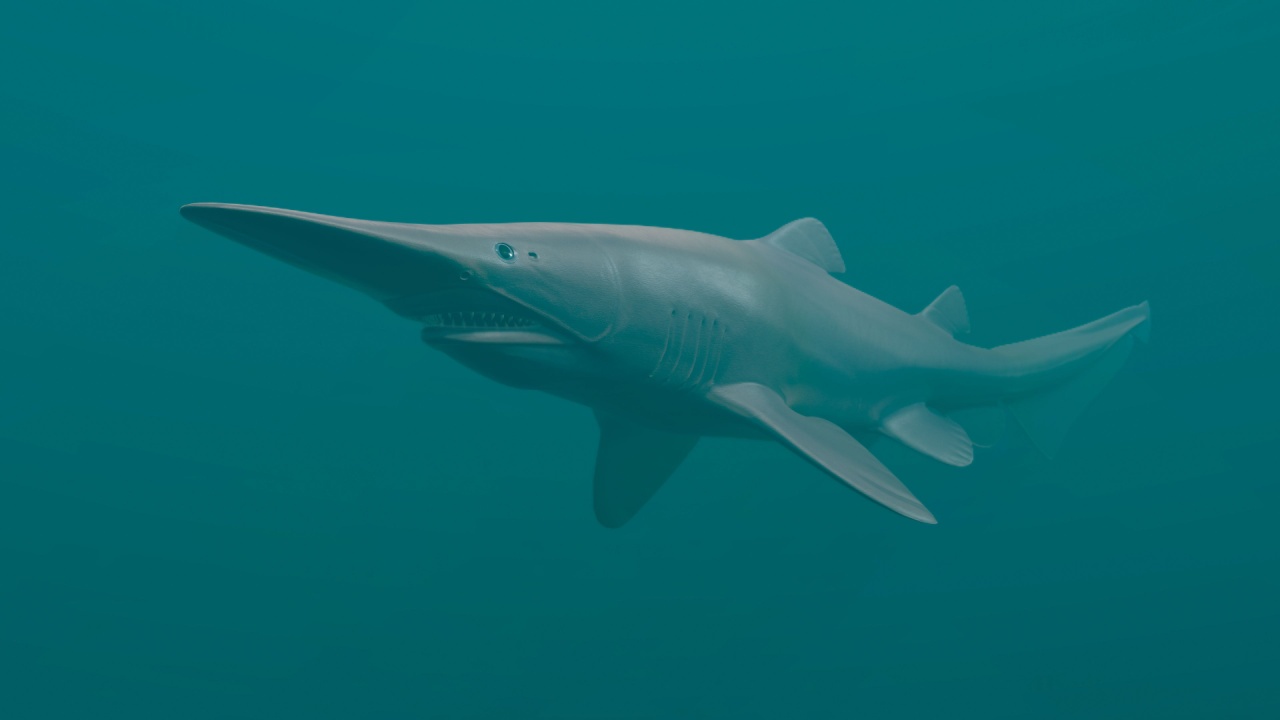
The goblin shark looks like it swam straight out of a nightmare. This deep-sea dweller has a long, flattened snout and jaws that can shoot forward to catch prey. Its pale pink skin and nail-like teeth add to its eerie appearance. Living in the depths of the ocean, the goblin shark is rarely seen by humans, adding to its mysterious, alien-like aura.
Axolotl
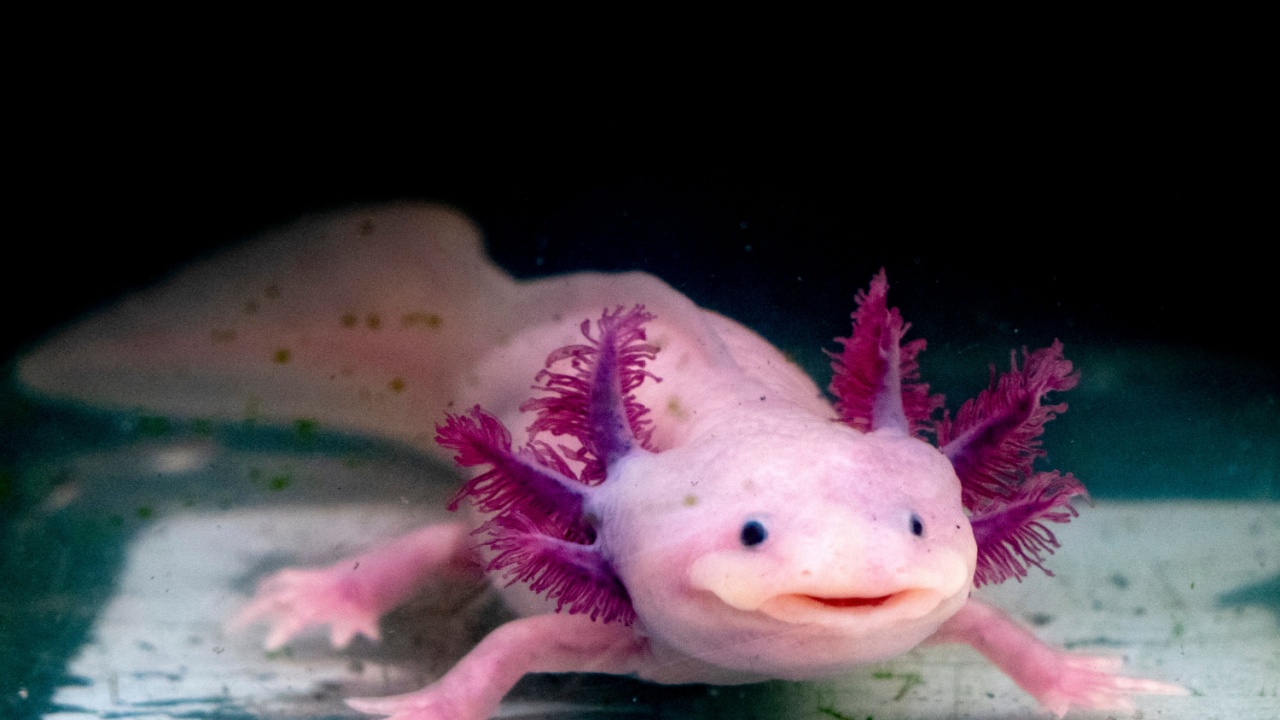
The axolotl, or Mexican walking fish, is a salamander that never grows up. It keeps its juvenile features throughout its life, including external gills that look like fancy headdresses. These amphibians can regenerate lost body parts, including parts of their brain. Their ability to regrow limbs and organs makes them seem like they’re straight out of a futuristic medical drama.
Giant Isopod
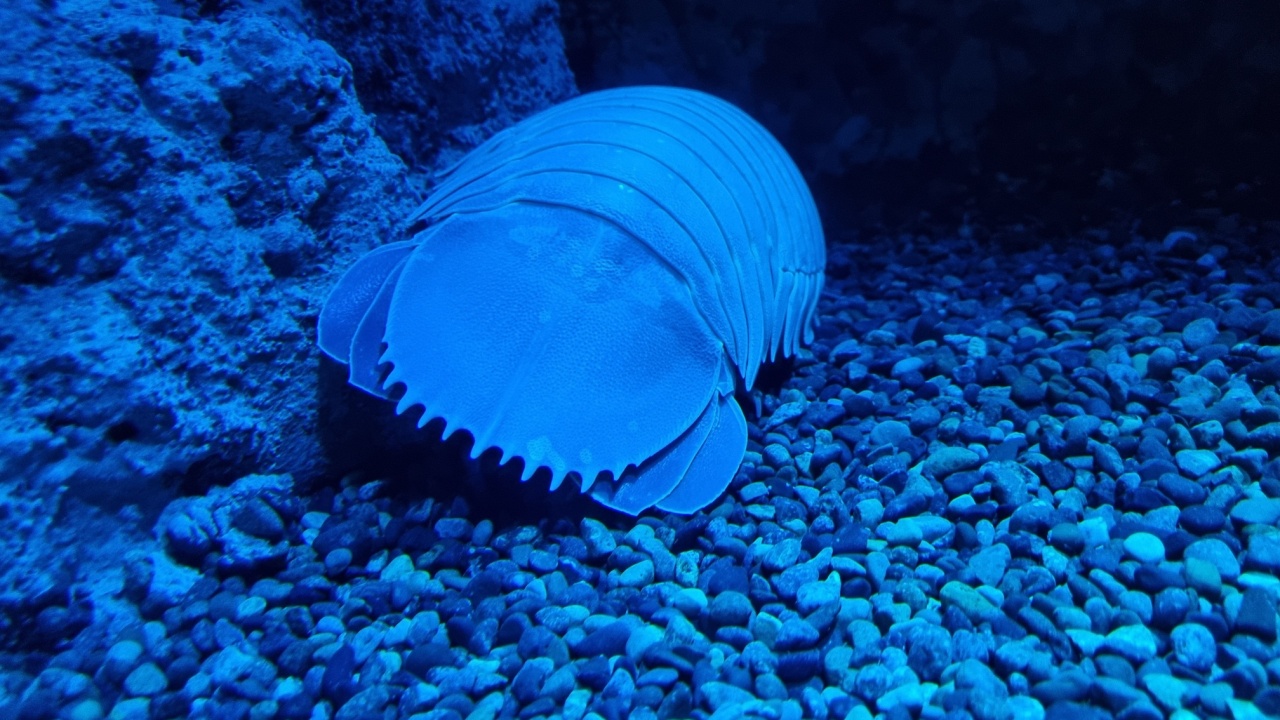
Giant isopods are the stuff of deep-sea nightmares. These enormous crustaceans can grow up to 16 inches long and look like oversized pillbugs. They have compound eyes, seven pairs of legs, and two pairs of antennae. Living in the dark depths of the ocean, these creatures seem perfectly suited for a sci-fi horror film set in an alien abyss.
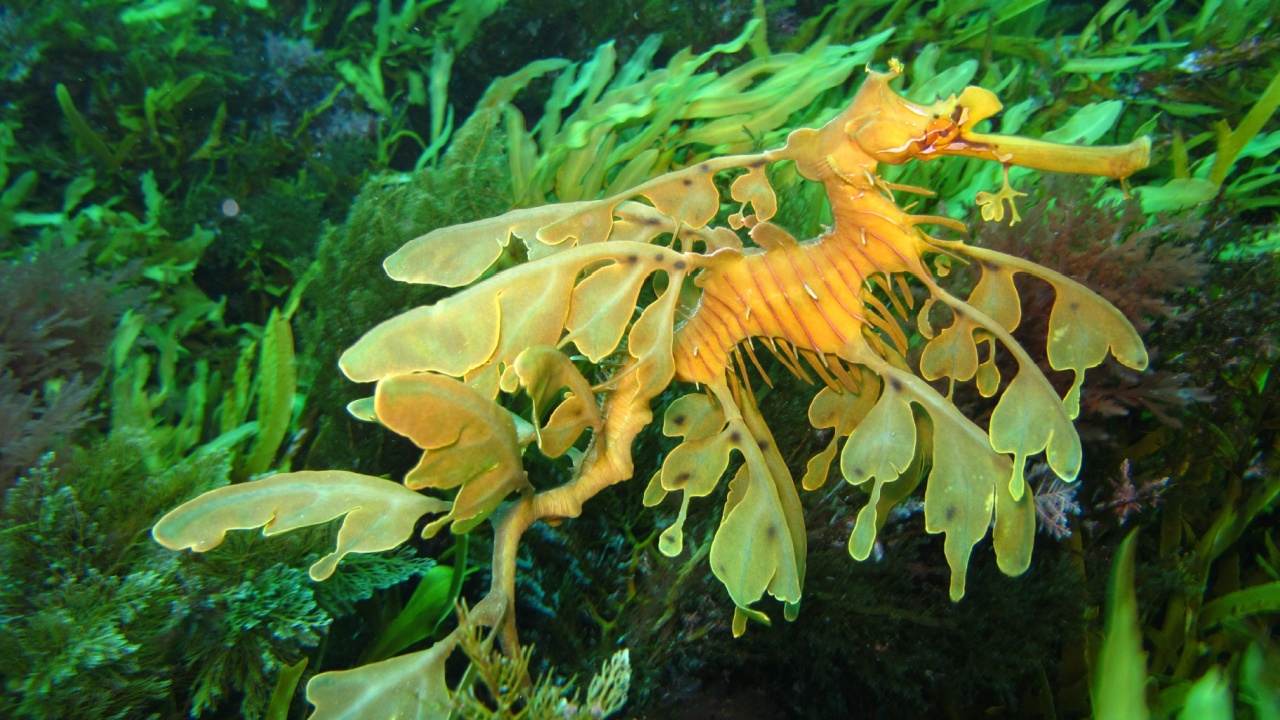
The leafy seadragon looks like a piece of seaweed come to life. This marine fish is covered in leaf-like appendages that help it blend in with its surroundings. Its long, tube-like snout and independently moving eyes add to its otherworldly appearance. The leafy seadragon’s camouflage is so effective, it seems like it could be using alien technology to hide from predators.
Gharial
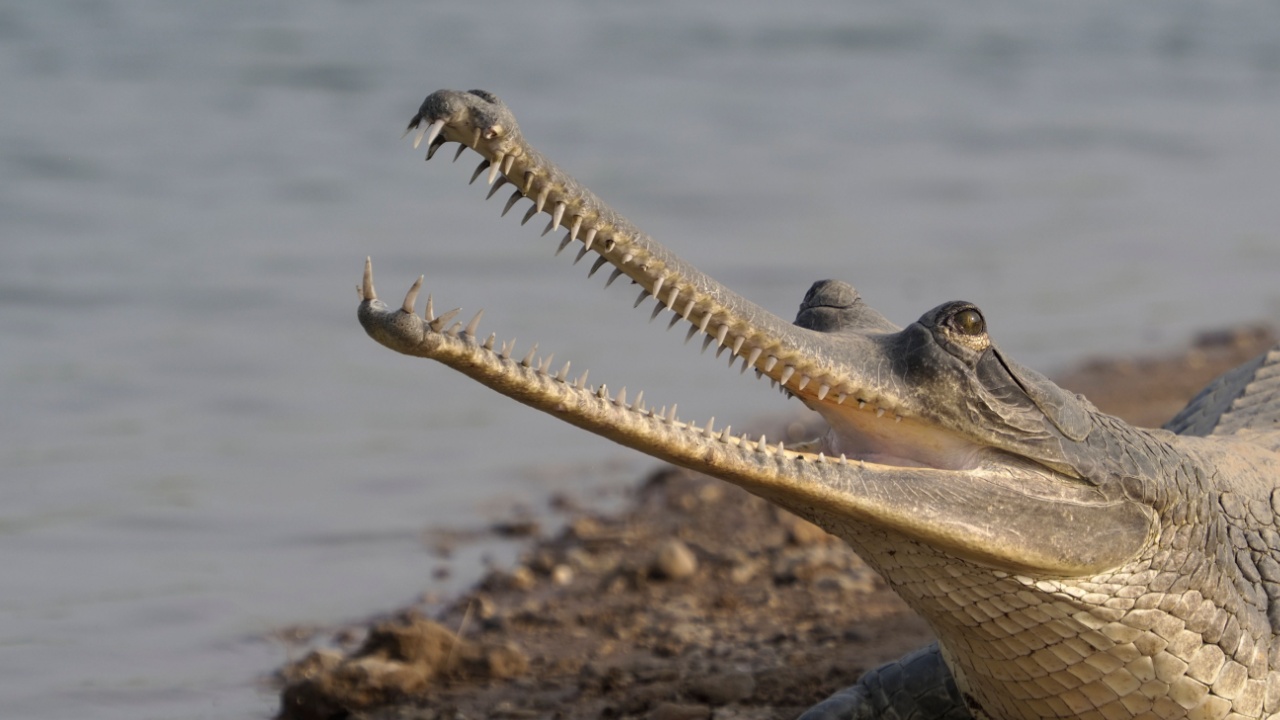
The gharial is a crocodilian with a long, narrow snout filled with razor-sharp teeth. Male gharials have a bulbous growth on the tip of their snout, which they use to make bubbling sounds and amplify vocalizations. With its prehistoric look and unique features, the gharial could easily be mistaken for a creature from a dinosaur-era sci-fi movie.
Glass Frog
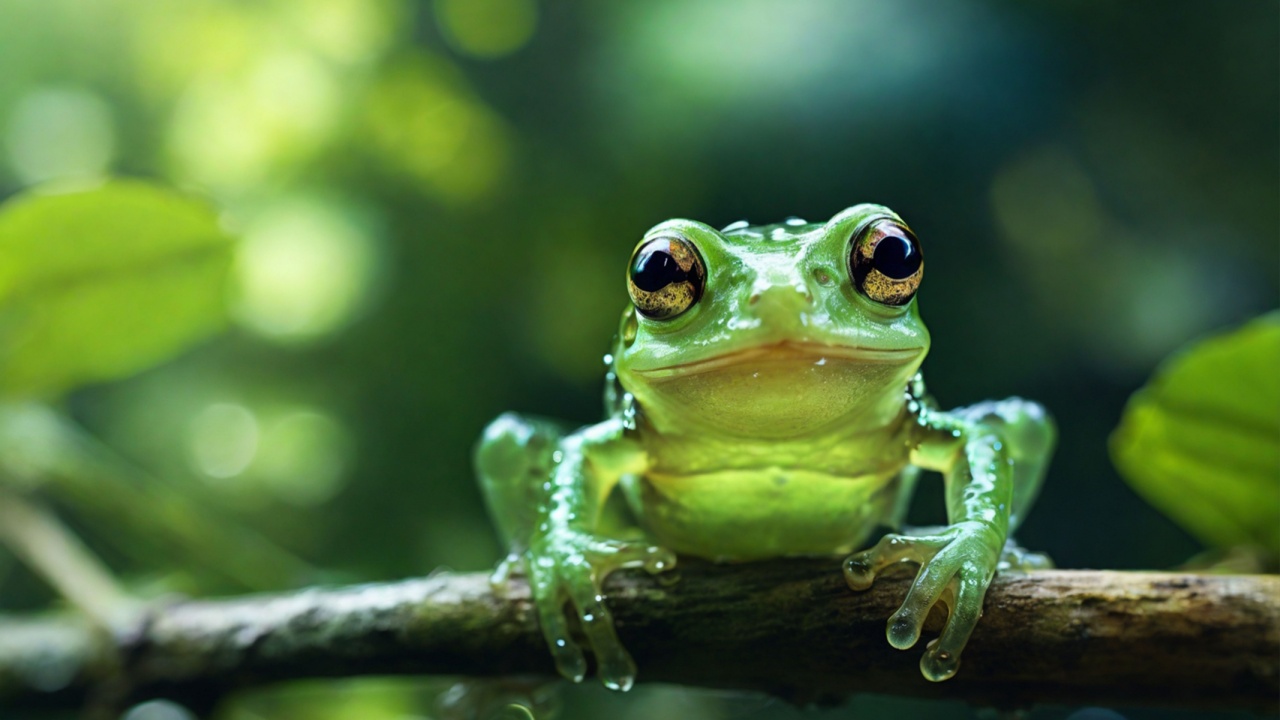
Glass frogs have translucent skin on their underside, allowing you to see their internal organs. This see-through quality makes them look like they’re made of living glass. Some species are so transparent that you can watch their hearts beating and food digesting in real-time. Their alien-like transparency seems like something out of a futuristic bioengineering experiment.
Dumbo Octopus
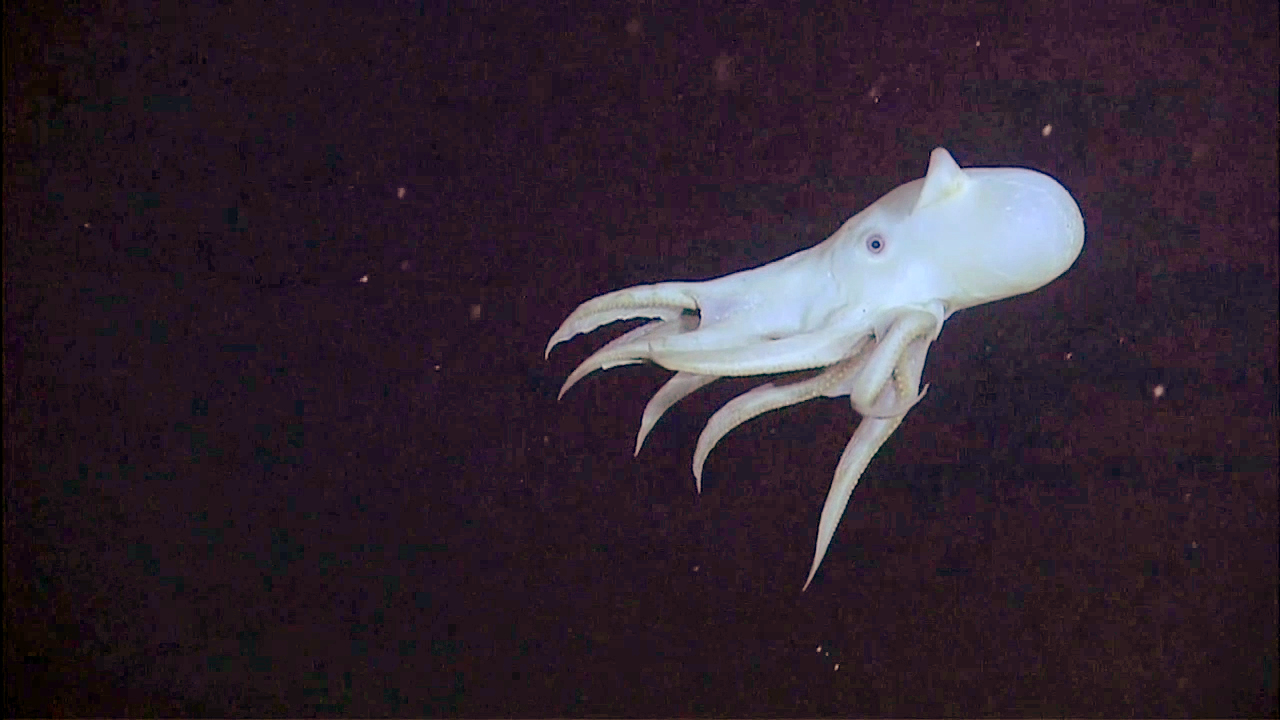
The Dumbo octopus gets its name from its ear-like fins that resemble the ears of Disney’s Dumbo the elephant. These deep-sea creatures live at extreme depths and can “fly” through the water by flapping their ear-like fins. Their cute yet strange appearance makes them look like they could be the lovable alien sidekick in a space adventure movie.
Platypus
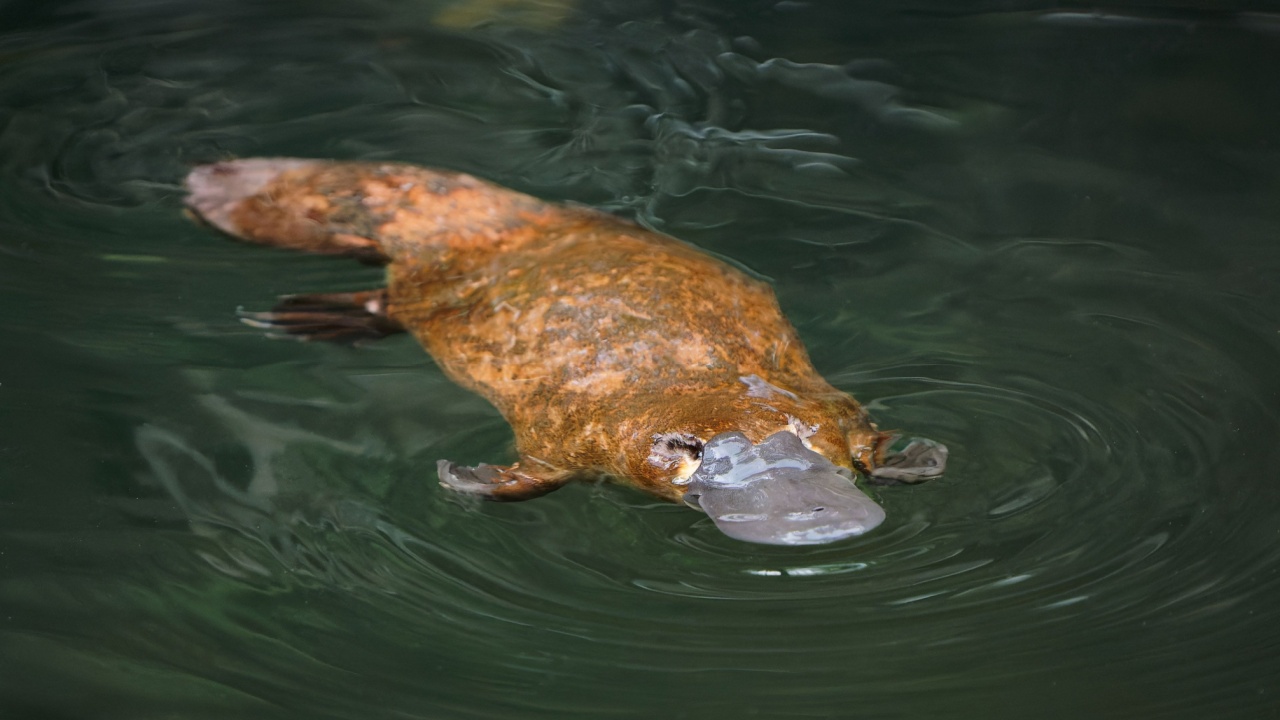
The platypus seems like a creature designed by a sci-fi writer who couldn’t decide on one animal. It has a duck-like bill, beaver-like tail, otter-like feet, and lays eggs like a reptile. Male platypuses even have venomous spurs on their hind legs. This bizarre combination of features makes the platypus look like it could be the result of a mad scientist’s genetic experiment.
Naked Mole Rat
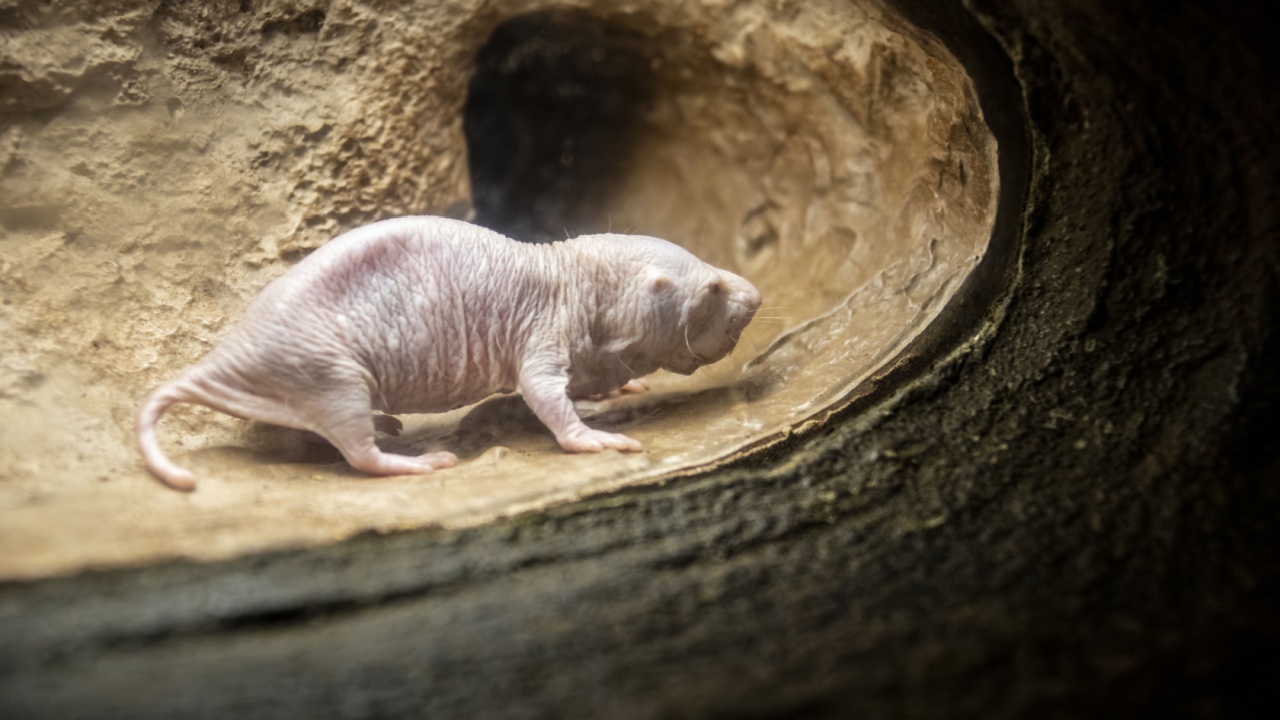
Naked mole rats look like they belong in an underground alien civilization. These hairless, wrinkled rodents live in complex underground colonies with a social structure similar to bees. They’re resistant to cancer, can survive with very little oxygen, and feel no pain from acid or capsaicin. Their superhero-like abilities make them seem more sci-fi than reality.
Mantis Shrimp

The mantis shrimp is a colorful crustacean with incredible eyes and powerful claws. Its eyes have 16 color receptors (compared to our three) and can see ultraviolet light. The mantis shrimp’s strike is so fast it boils the water around it, creating a shockwave that can break aquarium glass. With its super-vision and powerful attack, this creature seems like it could be a formidable alien warrior.
Blob Fish

The blob fish looks utterly alien when brought to the surface. In its natural deep-sea habitat, high pressure gives it a more normal fish-like appearance. But when brought up, it becomes a gelatinous blob with a grumpy face. Its transformation due to pressure changes makes it seem like a shape-shifting alien struggling to maintain its form in Earth’s atmosphere.
Pangolin
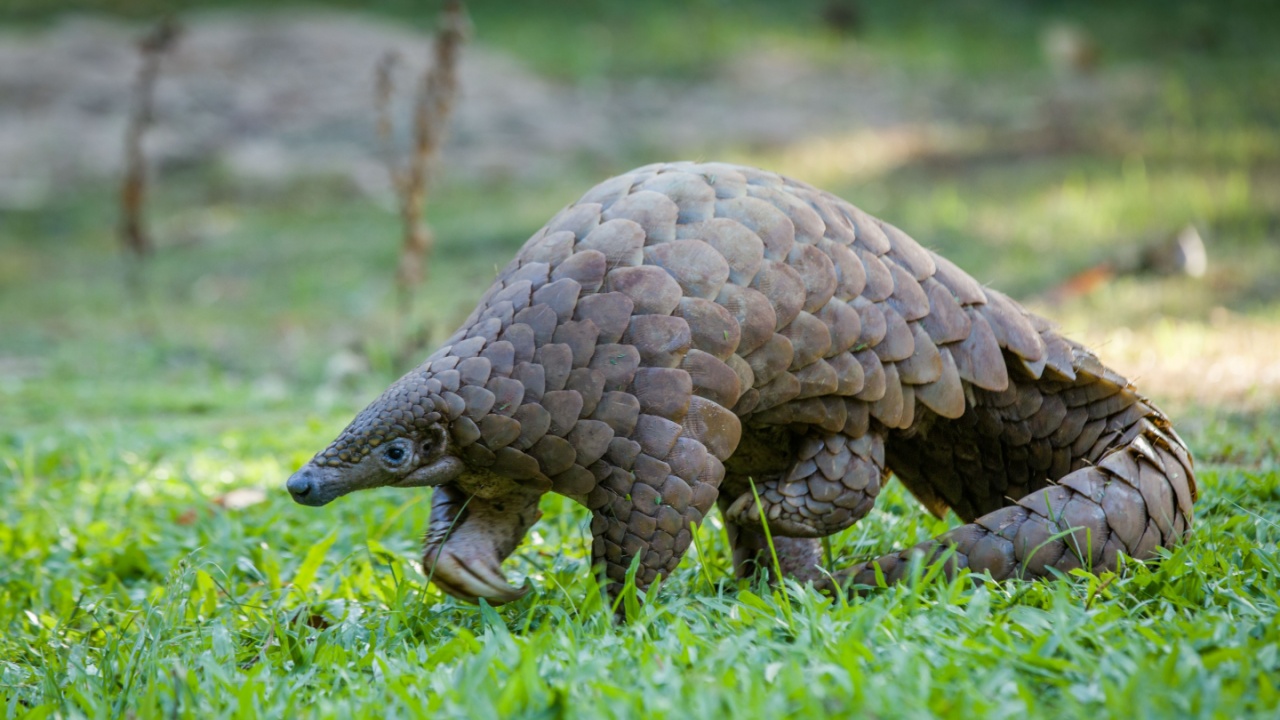
Pangolins look like they’re wearing suits of armor made from large scales. When threatened, they roll into a tight ball, protected by their tough scales. Their long, sticky tongues can be longer than their bodies when fully extended. With their armored appearance and unique features, pangolins could easily pass as alien wildlife in a sci-fi setting.
Aye-Aye
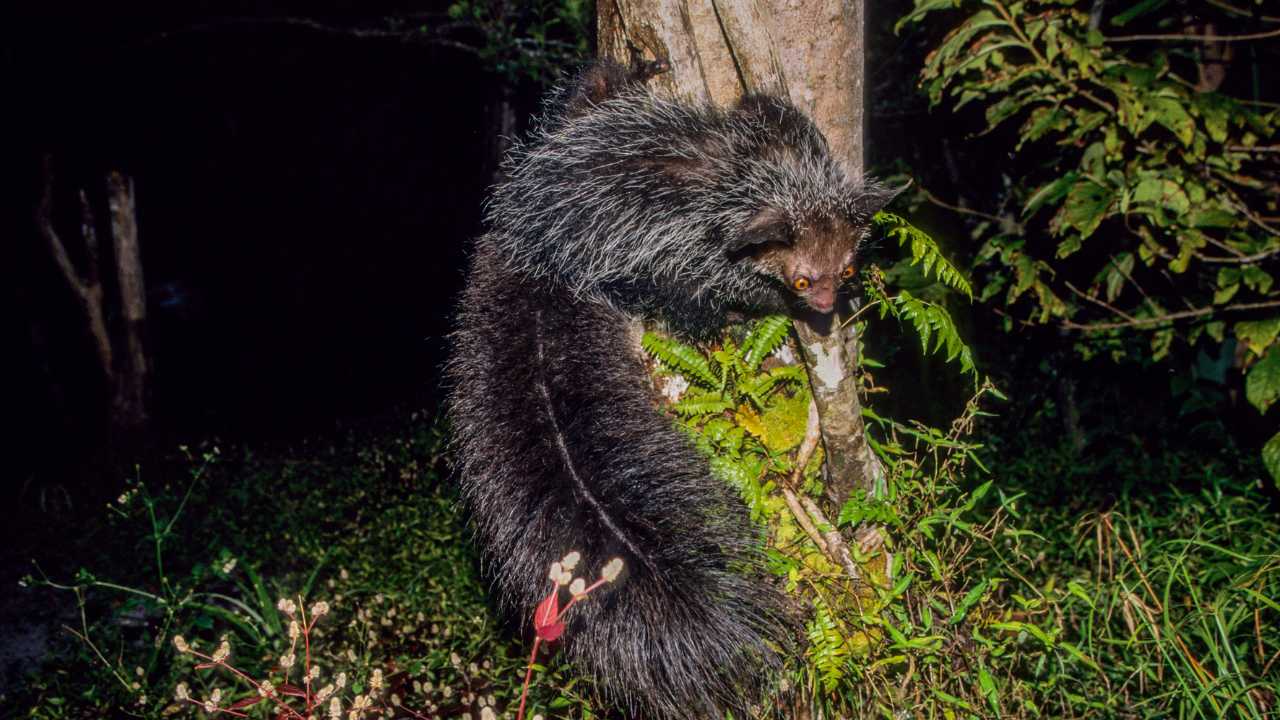
The aye-aye is a nocturnal lemur with an eerie appearance. It has large eyes, bat-like ears, and a long, bony middle finger used for tapping on trees to find grubs. This finger is so specialized that it has its own dedicated brain function. The aye-aye’s strange features and behaviors make it look like it could be an alien creature studying Earth’s trees.
Glaucus Atlanticus
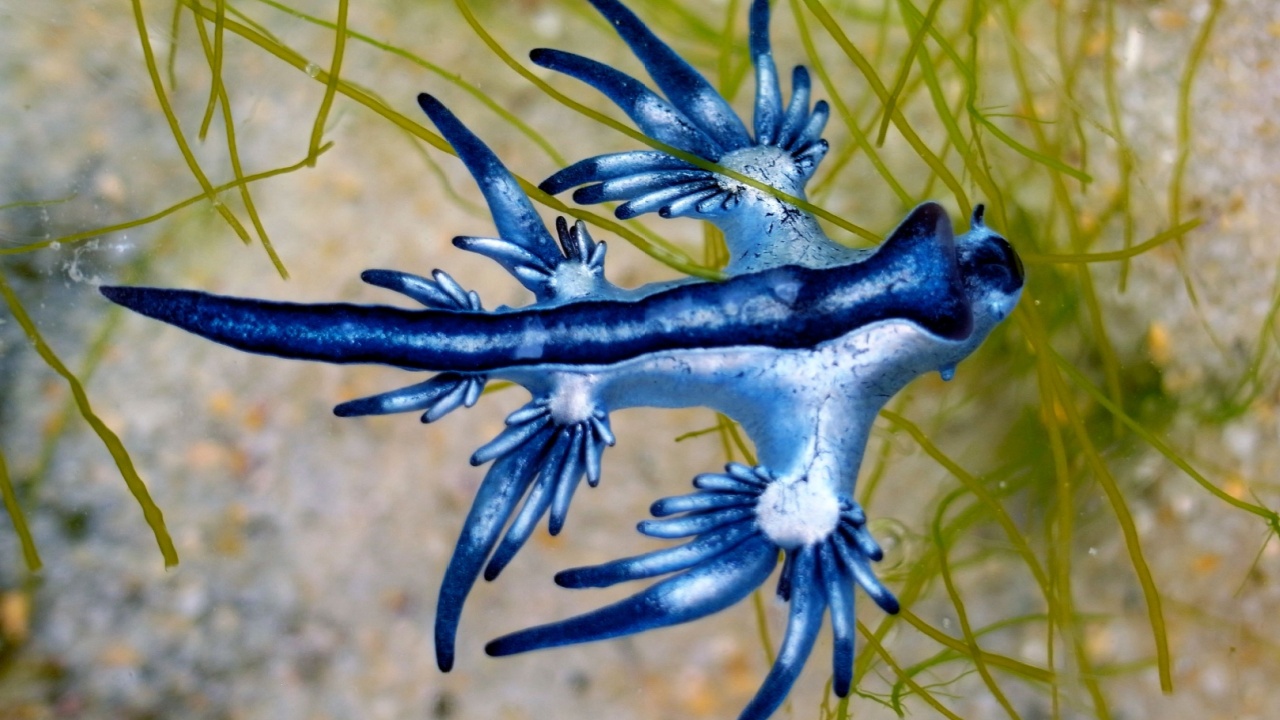
Also known as the blue sea slug or blue dragon, the Glaucus Atlanticus looks like a tiny dragon from another world. This small sea slug floats upside down on the ocean’s surface, using its blue and silver coloration as camouflage. It feeds on dangerous creatures like Portuguese man-o’-war and stores their stinging cells for its own use. The Glaucus Atlanticus’s beautiful yet deadly nature makes it seem like it could be a genetically engineered creature from a futuristic ocean world.
Lamprey
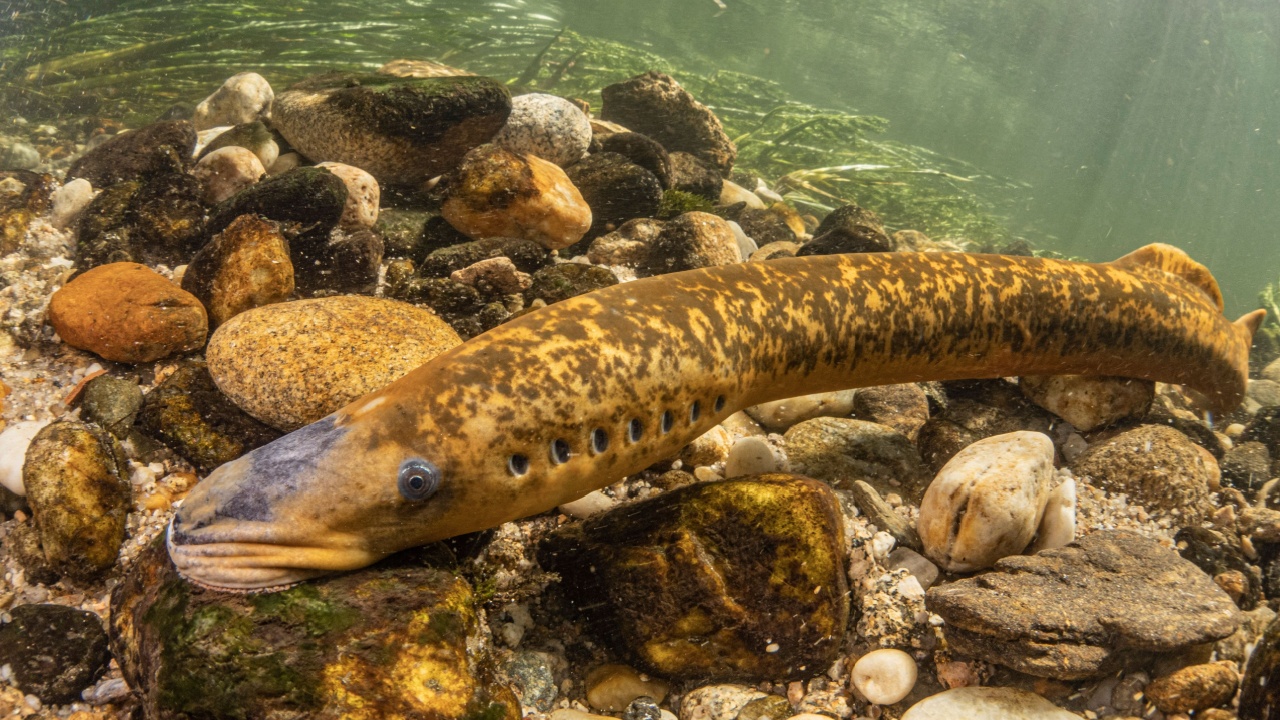
The lamprey is a jawless fish that looks like it swam out of a prehistoric nightmare. Its circular, tooth-lined mouth allows it to latch onto other fish and suck their blood. Some species of lamprey can grow up to 3 feet long. With its eel-like body and terrifying mouth, the lamprey could easily be cast as the monster in a sci-fi horror film set in an alien ocean.
Becky is a fervent wildlife enthusiast and pet care expert with a diploma in canine nutrition. Her love for animals stretches beyond the domestic, embracing the wild tapestry of global fauna. With over a decade of experience in animal welfare, Becky lends her expertise to OutlandishOwl through insightful articles, captivating wildlife information, and invaluable guidance on pet nutrition. Her work embodies a deep commitment to understanding the intricate lives of animals and a passion for educating others on sustaining natural habitats. Becky's hands-on conservation efforts and her knack for translating complex dietary science into practical pet feeding tips make her an indispensable voice for creatures great and small.

